This week, I polished and finalized the storybook, refining illustrations, pacing, and colour to complete the final draft. During this process, I began to reflect on what the finished product means to me as a future teacher. Do I simply place it on a shelf as a completed artifact, or could it serve as a meaningful teaching tool in the classroom? This question guided my thinking toward classroom applications and how wordless picture books can engage learners in authentic storytelling and interpretation.
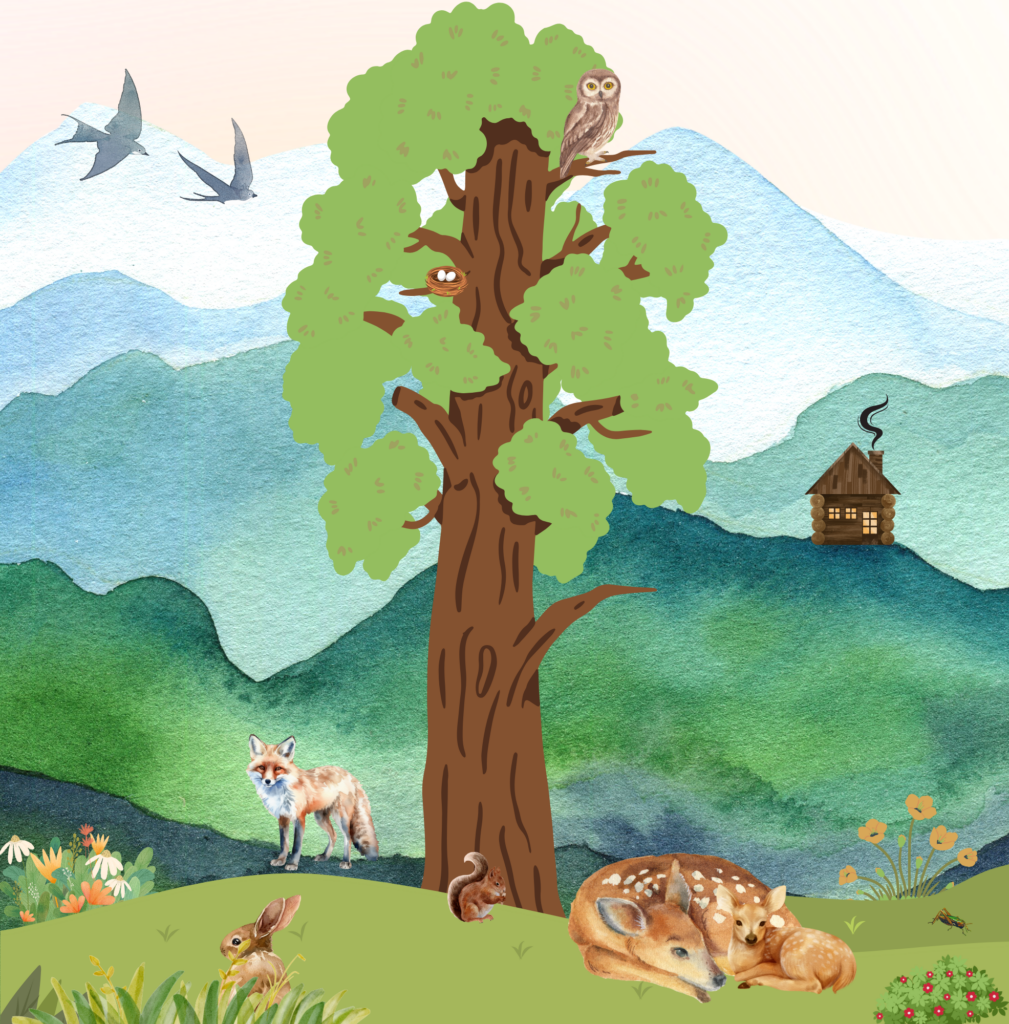
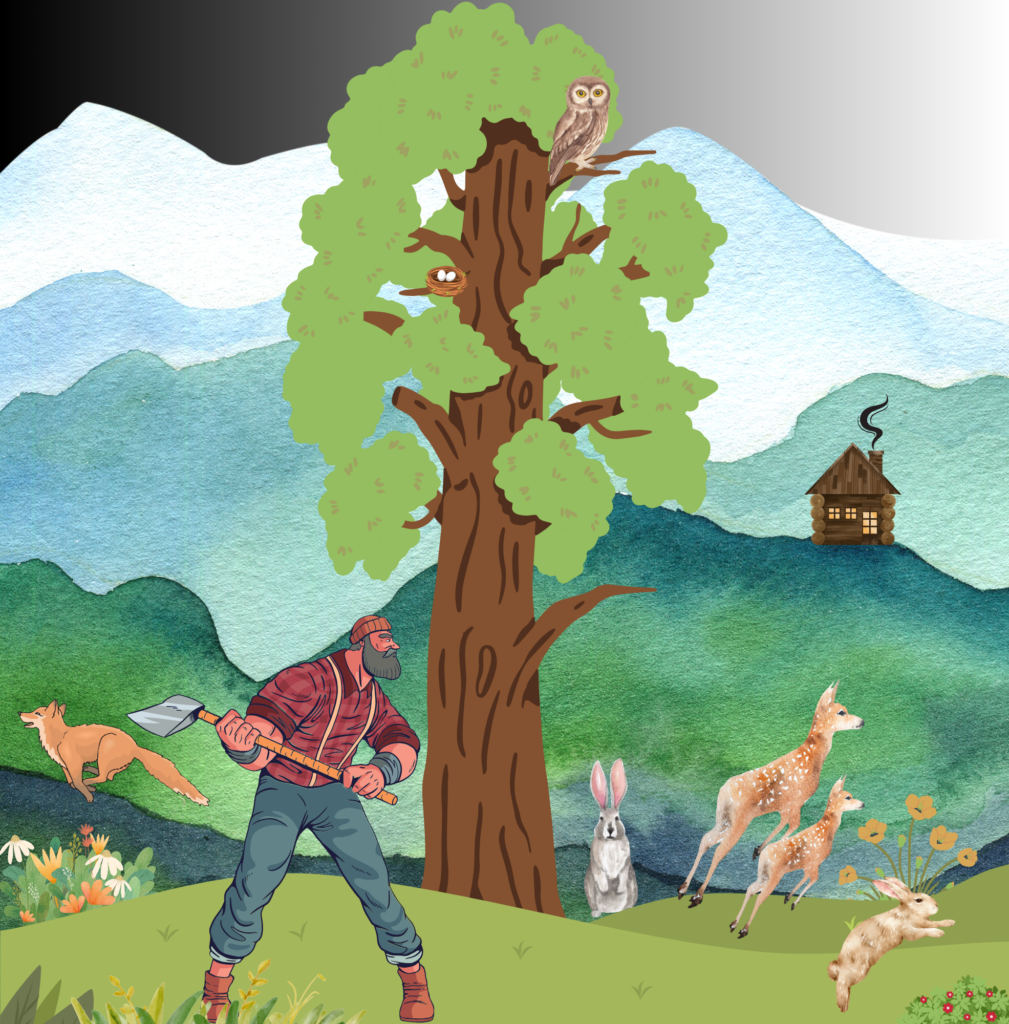

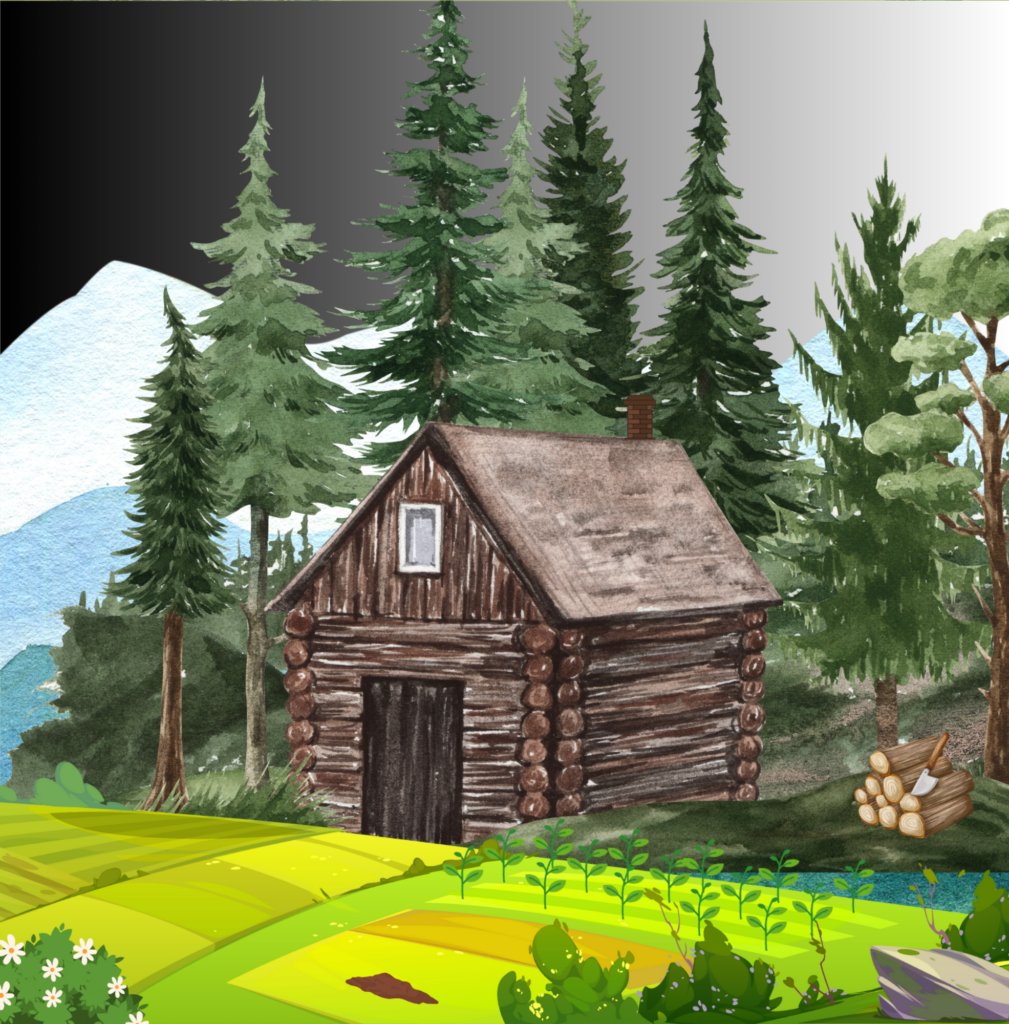
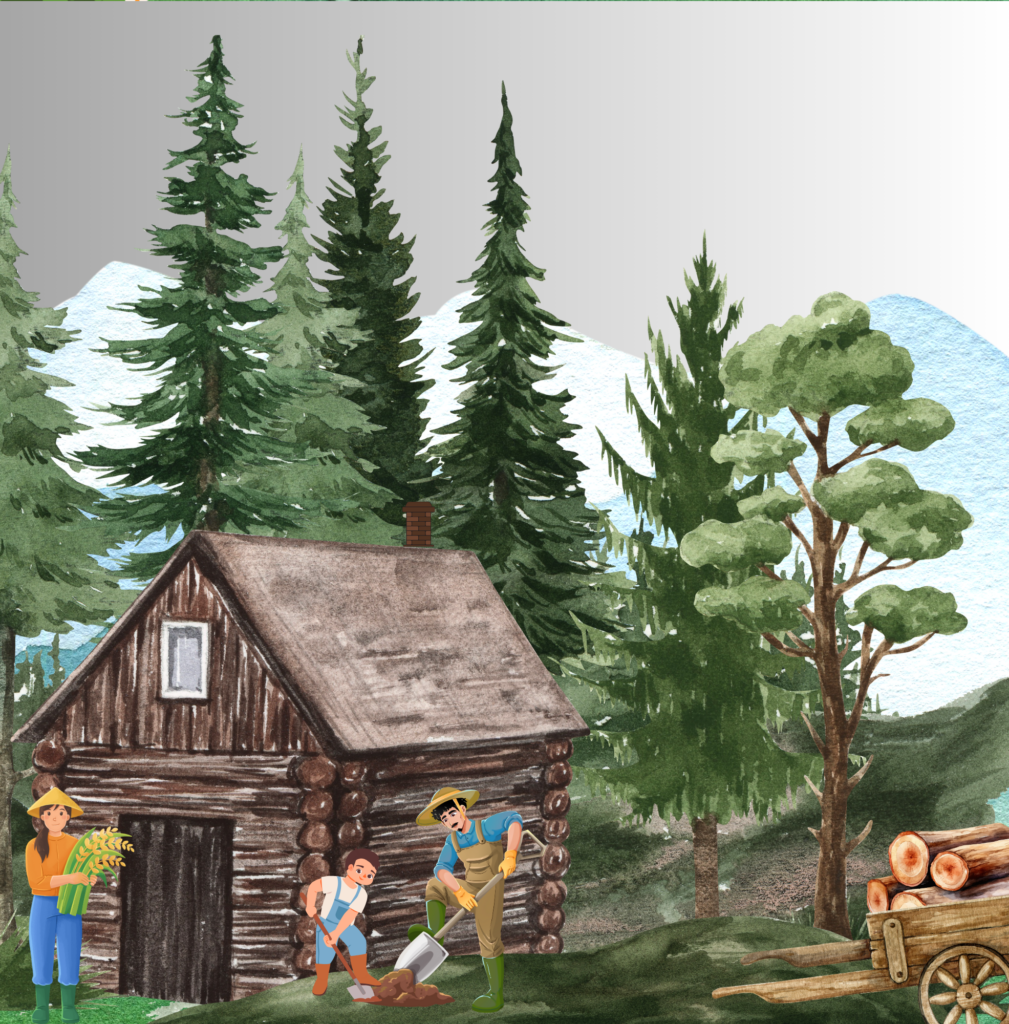

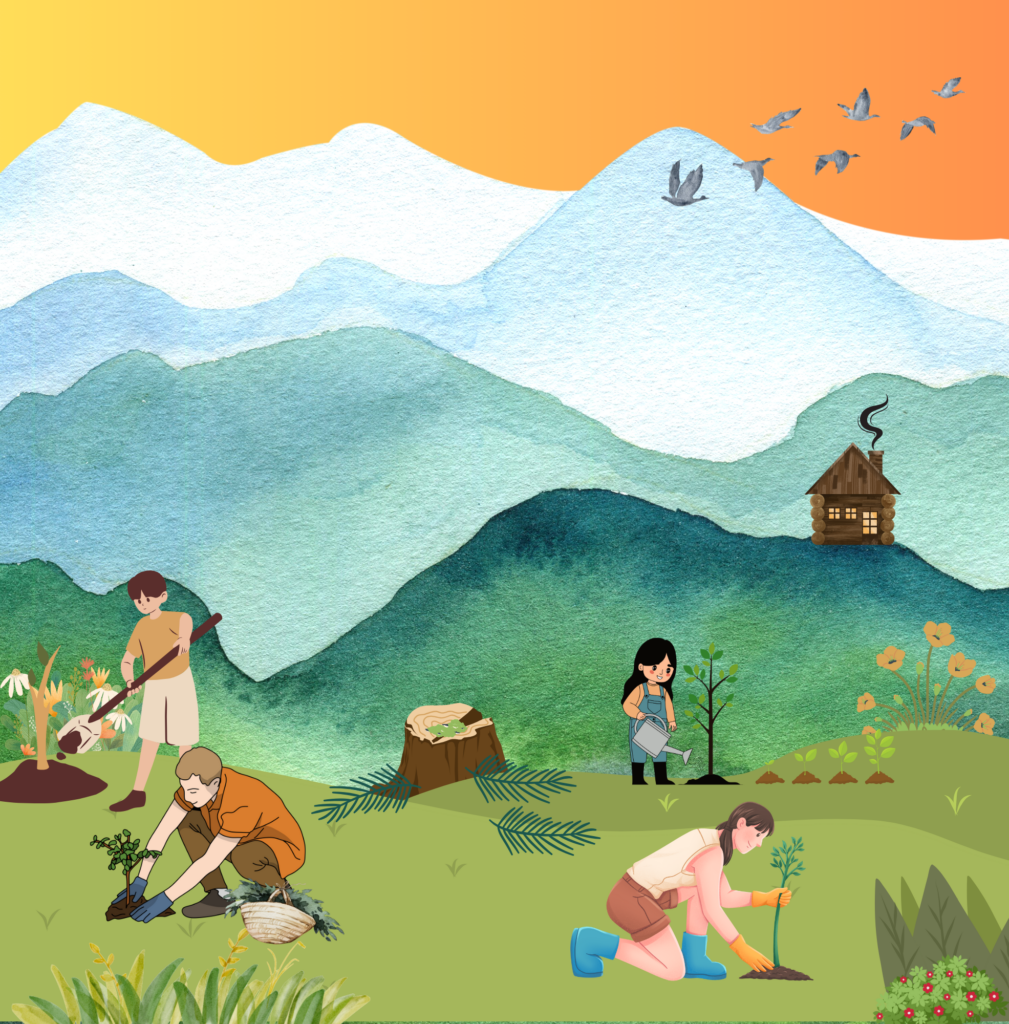

What I Did / Evidence of Learning
To explore this thought, I consulted the article “Wordless Books in Your Classroom: A Perfect Match” from Teacher Created Materials. The piece emphasizes how wordless picture books foster literacy through observation, inference, sequencing, and oral storytelling, while also providing equitable entry points for English language learners and diverse thinkers. These insights helped me envision how my book could support both literacy and environmental awareness simultaneously.
After reading the article, I immediately imagined turning my story into a page walk, where students would closely observe each spread and describe what they see happening before hearing any adult interpretation. This strategy invites students to draw on visual clues, express emotions, and collaboratively infer meaning, key early literacy skills. It also opens space for students to discuss human impact on nature and how small changes in the story’s setting affect the animals’ wellbeing, linking directly to environmental stewardship outcomes in the curriculum.
As a next step, I created a lesson plan to accompany my book, From Tree to Home. Designed for classroom use, the resource includes discussion prompts, lesson ideas, and reflection activities that integrate literacy outcomes, such as prediction, sequencing, and narrative voice, with environmental themes like cause and effect, empathy for living things, and community responsibility. The lesson plan functions as both an instructional guide and an interactive medium, something teachers can adapt, project, or modify digitally to suit their learners.
Reflection:
My hope as I end this process is the same one that began this inquiry, to use story as a bridge for teaching stewardship, helping students see that every choice, every change, and every connection we make carries meaning in our shared world. This weeks journey reminded me that creating digital work doesn’t end with design, it’s about finding meaningful ways to use it as a living resource for teaching and learning. The Teacher Created Materials website was instrumental in bringing this assignment full circle. It helped me recognize that wordless books, and the digital tools surrounding them, can spark discussion, inquiry, and empathy in ways that go beyond print. Developing the digital lesson plan for From Tree to Home became an extension of the story itself. By turning my visual narrative into a classroom ready resource, I uncovered how digital tools can bridge creativity and pedagogy.
Next Steps:
My next step will be to bring all stages of this inquiry together in a final reflective post. I will create a screencast of From Tree to Home as my final artifact, revisiting each stage of the process, from concept and illustration to classroom application. This will allow me to reflect on how the project evolved through creativity, digital learning, and collaboration, and how each post contributed to shaping my understanding of storytelling as a tool for teaching stewardship and emotional literacy.